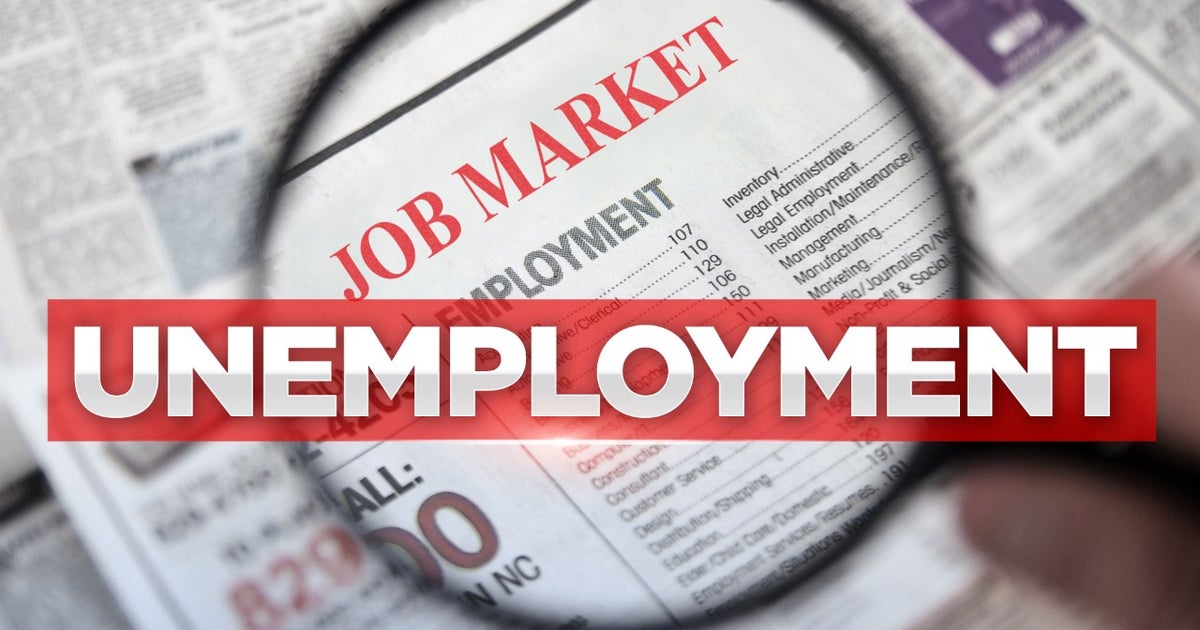Breakfast Breaking The Bank For Some Consumers
NEW YORK (CBSMiami/AP) — It's often touted as the most important meal of the day, but putting out a spread on your breakfast table now comes with a bit of sticker shock.
The price of bacon is surging and the cost of other morning staples, like coffee and orange juice, is set to rise because of global supply problems, from drought in Brazil to disease on U.S. pig farms.
And it's not just the first meal of the day that's being affected. The cost of meats, fish and eggs led the biggest increase in U.S. food prices in nearly 2 ½ years last month, according to government data. An index that tracks those foods rose 1.2 percent in February and has climbed 4 percent over the last 12 months.
While overall inflation remains low, the increases in food prices are forcing shoppers to search out deals and cut back.
Denise Gauthier, 54, a screenwriter in North Hollywood, Calif., calls the rising prices "shocking and outrageous." To cope, she has become more frugal, hunting for discounts and buying less food overall.
"I will look for things that are on sale and adjust my menu for that," says Gunthier, who now stocks up on her favorite coffee when it goes on sale for $4.99.
Even though food companies use a range of cost-cutting methods to limit the effect of higher food costs, consumers will likely feel the "ripple effects" of rising commodity prices, according to the Grocery Manufacturers Association, a trade organization for more than 300 food, beverage and consumer product companies.
Here's a rundown of why breakfast food costs are rising, and why they could keep going up.
BACON
Bringing home the bacon is costing more.
The price of lean pork in the futures market is at record levels and is up 52 percent since the start of the year, to $1.31 a pound. Traders are concerned about a deadly virus in the U.S. hog population.
That could further boost bacon prices, which were already rising after farmers cut pig production because of higher feed costs. Those cost climbed after a drought in 2012.
The average price of a pound of sliced bacon in U.S. cities was $5.46 in February, up from $4.83 a year earlier and $3.62 five years ago, government data shows.
The retail price of pork is projected to climb by 2.5 percent to 3 percent this year, according to government forecasts.
"You should expect to see very high prices for your ground beef, your other meat cuts, all the pork cuts will be higher this year," Donnie Smith, CEO of Tyson Foods, said in an interview with CNBC on March 12.
U.S. pig herds have been hit by a virus called porcine epidemic diarrhea, or PED, which causes vomiting and diarrhea in the animals. After the first case in the U.S. was confirmed in May, the virus spread through hog herds during the cold winter. While the disease doesn't affect people and is not a food safety concern, it can lead to mortality rates of between 80 and 100 percent in newborn piglets. That's raising concerns of thinner herds as the U.S. heads toward the summer grilling season, when demand typically picks up.
Traders don't know exactly how badly the virus will impact pork production because it's the first time that PED has been detected in U.S. herds, says Dennis Smith, a commodity broker at Chicago-based Archer Financial Services.
"It's become a hysterical market," Smith says.
Gus Kasimis, 60, manager of the Green Kitchen Restaurant, a New York diner, says that increases in food prices had already become more frequent and that he had been forced to pass on the higher costs to customers.
But he's not worried that people will stop coming. Instead, they will cut down in other areas, perhaps spending less at more expensive restaurants, if they feel the squeeze.
"They still need to get a decent breakfast," he says.
COFFEE
You need your morning brew, and you'll likely pay more for it, at least at the supermarket.
Coffee futures have surged 57 percent this year and this month rose above $2 a pound for the first time in two years. Coffee growing regions of southern Brazil, the world's largest coffee producer, have been hit by drought. Analysts are forecasting that Brazil's crop could shrink by about 20 percent this year.
Shoppers should be prepared to pay more at grocery stores, if the current trend continues for more than a month, says Dan Cox, the president of Coffee Analysts, a company that tests coffee quality for retailers.
"Whether it's by the can or the bag, consumers should probably expect to pay 50 cents per pound more, fairly soon," Cox says. The average price of coffee for U.S. cities was $5 a pound in February, although that was little changed from a month earlier, according to government data.
Caroline Krajewski, a spokeswoman for Kraft, which owns the Maxwell House coffee brand, declined to comment on the company's pricing plans.
The price impact will be less noticeable at coffee stores. That's because the cost of beans makes up only a fraction of the final price, compared to other costs like rent and staff wages, says Alon Kazdan, 40, the owner of Cafe Noi, a small chain of coffee shops in New York. Espressos at the cafe cost $2.40; Americanos are $3; lattes go for $3.60.
He says prices should also remain in check because of competition between the companies that roast the beans into the coffee. As for rising commodity prices, he puts that down to speculation.
"People like to make panic for nothing, in order to make money," he says.
Of course, people who need to get their caffeine fix won't be put off. Plus, coffee prices were at their lowest level in about seven years before they started climbing.
Starbucks customers also shouldn't worry. They won't be paying higher prices even if the cost of the beans keeps going up, says CEO Howard Schultz. The company has locked in its coffee bean prices for the next year using futures contracts.
ORANGE JUICE
Say squeeze when you pass the OJ.
Orange juice futures are up 12 percent this year, and climbed as high as $1.57 a pound March 6, their highest price in two years.
To be sure, moves in retail food prices won't match the wild jumps in commodities markets, says David Garfield, a consultant at AlixPartners who advises food-makers. The reason: food companies worry about losing market share and will absorb some of the higher costs rather than risk losing customers.
"People would be up in arms, if every time they went to the grocery store the prices of their preferred items were jumping up and down," says Garfield.
The price of a 12-ounce can of frozen orange juice edged up in February to $2.43 from $2.41 in January, according to government data.
A series of problems are driving the increases. Florida's orange crop is forecast to be the worst in almost a quarter of a century. A citrus greening disease, which is transmitted by tiny insects that feed on the leaves of oranges, is damaging the harvest. Infected trees start to produce bitter green fruit. The problem was first detected in the U.S. in September 2005 and the Florida orange juice crop is down by almost a quarter since then.
No cure is known, and the only solution is to cut down the tree.
Add weather to the orange juice problem. A dry spell last year stunted the growth of orange trees in Florida and is hurting production this year, says Michael Smith, president of T&K Futures and Options, based in Port St. Lucie, Florida. In South America, drought is raising concerns about the size of the crop in Brazil.
"There's a confluence of events ... but the citrus greening has probably been the worst problem we've seen over the last few years," Smith says.
The orange crop in Florida, one of the world's biggest orange-growing regions, could fall this year by about 15 percent to 114 million boxes, according to government forecasts. That would be the smallest crop since 1990.
Beverly Bolin, 76, who is retired and lives in Van Nuys, Calif., says she is buying more of the generic store brand products and less tea and coffee. In addition, she only buys orange juice if it's on sale, as long as it's not from concentrate.
"I try to budget, but it's always over budget," she says. "I'm really feeling it."
(TM and © Copyright 2014 CBS Radio Inc. and its relevant subsidiaries. CBS RADIO and EYE Logo TM and Copyright 2014 CBS Broadcasting Inc. Used under license. All Rights Reserved. This material may not be published, broadcast, rewritten, or redistributed. The Associated Press contributed to this report.)



